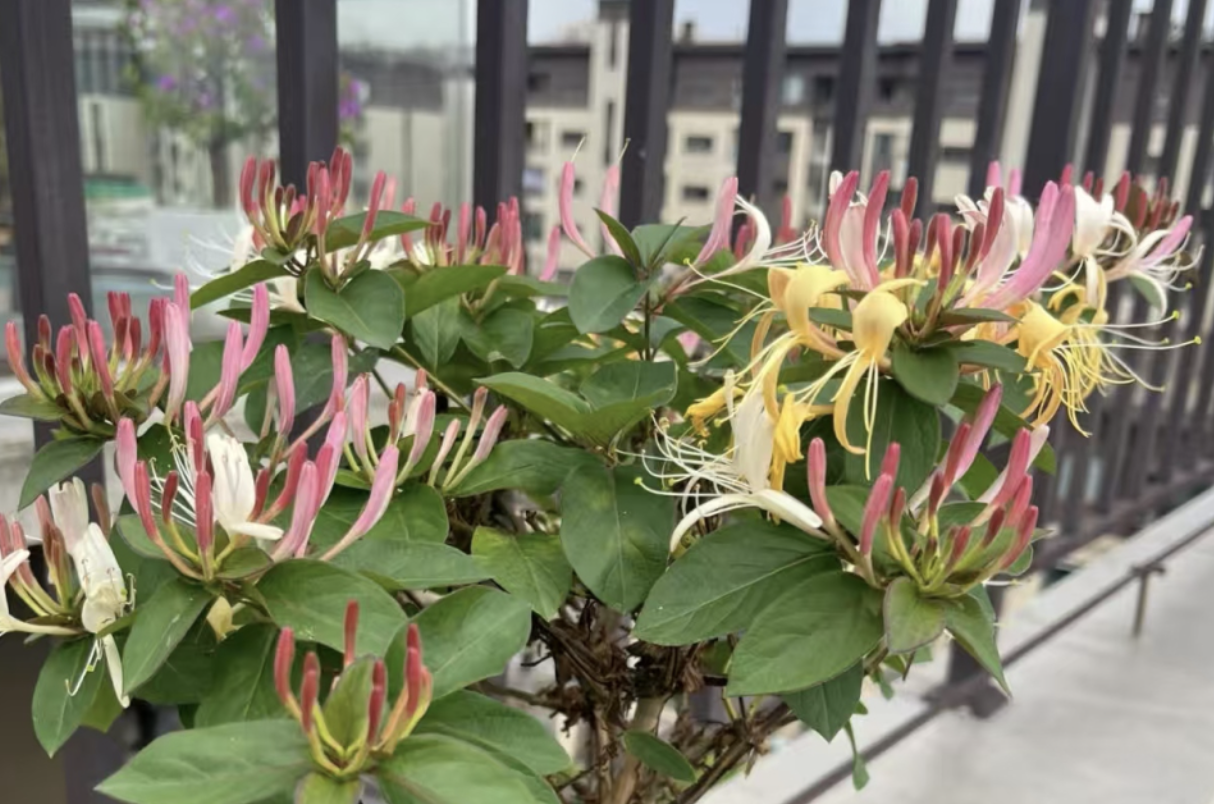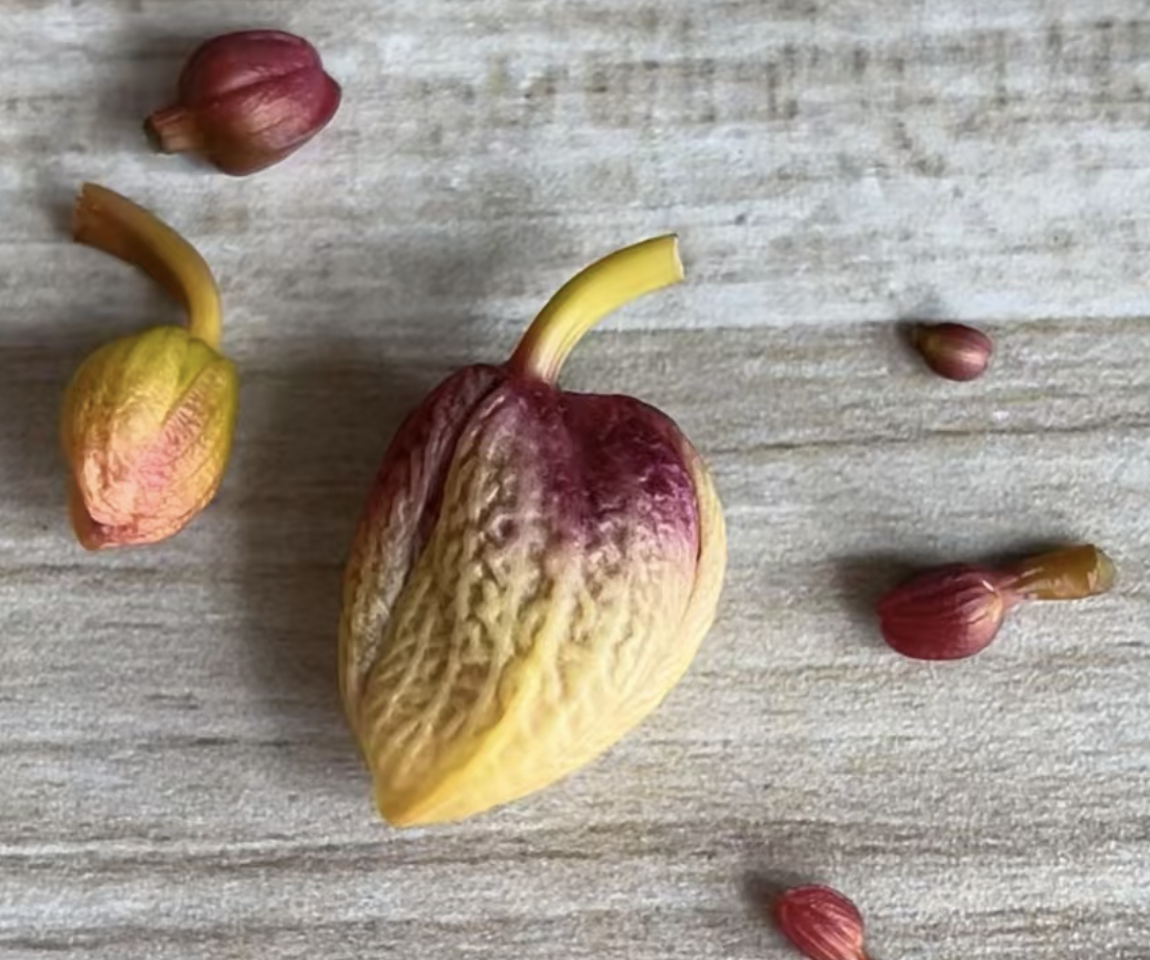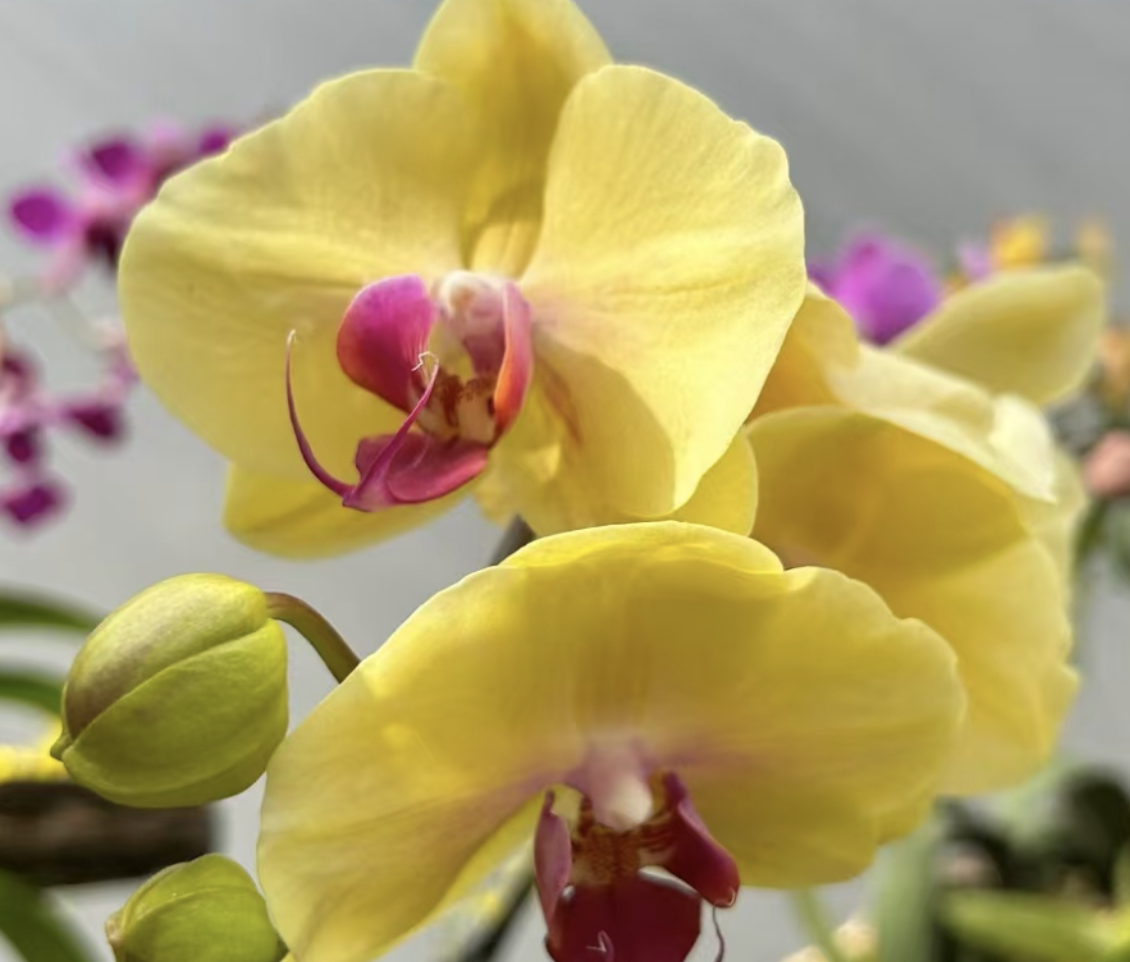Many people like to keep a pot of plants at home for home decoration and viewing. However, when visiting the flower market, there are some plants that are confusing, such as Anthurium andraeanum, Anthurium scherzerianum, and Anthurium. They all have similar flower shapes in common. So how should flower enthusiasts distinguish them? The following is a brief discussion of some insights.
In fact, Anthurium andraeanum, Anthurium scherzerianum, and Anthurium are different names for the same plant. The flower market has given several aliases separately, aiming to differentiate the inflorescence colors or for specific occasions. So Anthurium andraeanum is another name for Anthurium, and Anthurium scherzerianum belongs to the same category as Anthurium. The main difference between the two is that the spadix of Anthurium scherzerianum is long and curved, similar to an animal's tail, and the pedicel is short and soft. The petiole of Anthurium is slender, the spadix is yellow, and it can bloom continuously throughout the year. The color is usually red, and there are also variant varieties such as pink and white.
Generally speaking, Anthurium can be made into potted plants, cut flowers, or planted outdoors in shady areas of the garden. Its flower language is celebration and prosperity, and during festivals, many people like to keep some. The key points of daily maintenance are relatively simple. The suitable growth temperature is 18 - 30 degrees Celsius, the maximum temperature it can tolerate is 35 degrees, and the lowest temperature it can tolerate is 14 degrees.
Regarding the light requirements of Anthurium (Anthurium andraeanum), it likes bright but not direct light, and the watering requirement is that the soil should be moist but not overly wet. Therefore, in summer, watering can be done once every two to three days, and the frequency of watering should be reduced correspondingly in winter. Another tip for raising Anthurium is that it especially likes rainwater. If possible, collect natural rainwater during rainy days to water it.
Finally, regarding fertilization, because the leaf surface of Anthurium has a layer similar to wax, it is relatively difficult to absorb fertilizer. Therefore, for clever fertilization, it should be applied to its roots. The fertilization time can be selected before 5 p.m. during the growth period, and a fertilizer rich in phosphorus and potassium should be applied once a month. However, the frequency of fertilization should be reduced in winter or early spring, and fertilization can be done between 9 a.m. and 4 p.m.
In general, Anthurium (Anthurium scherzerianum, Anthurium) is an ornamental plant that requires careful care. As long as the above maintenance points are noted, it can grow healthily and display beautiful flowers.
Tagged in :





Leave a Reply